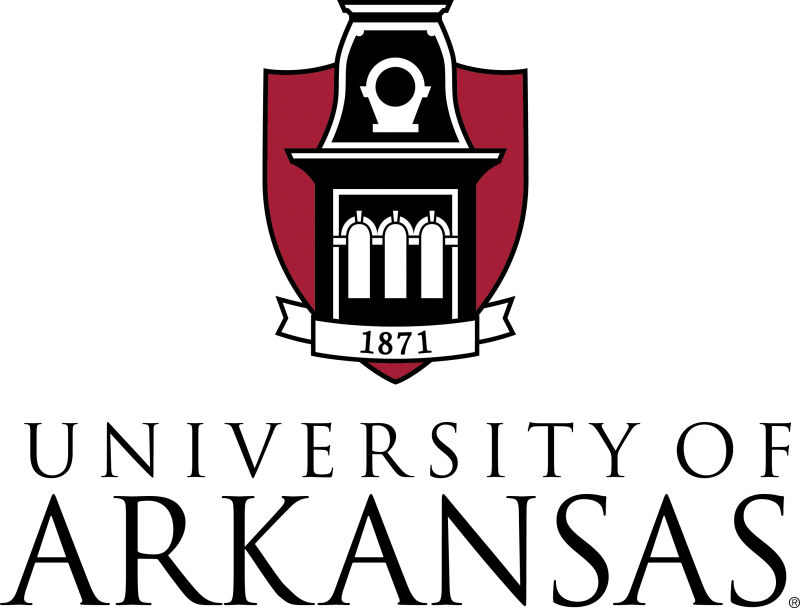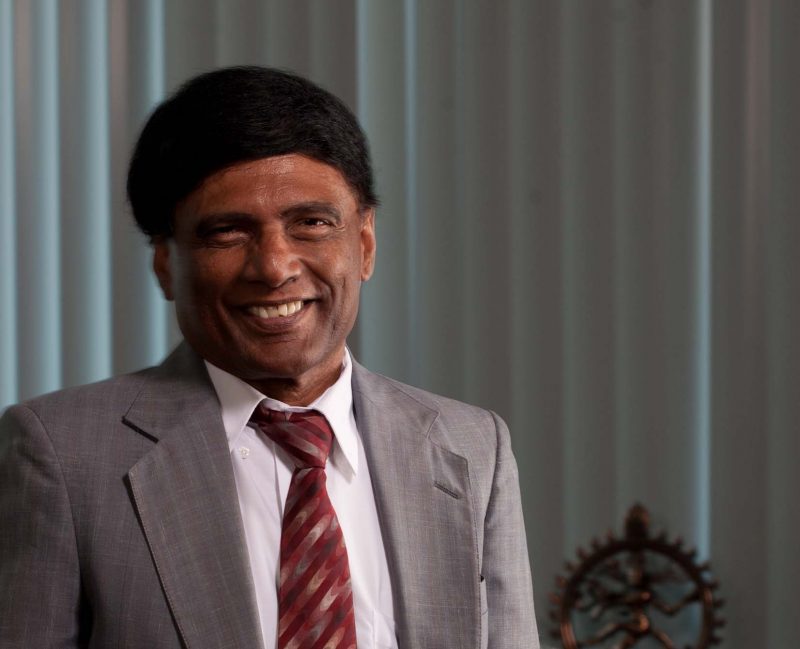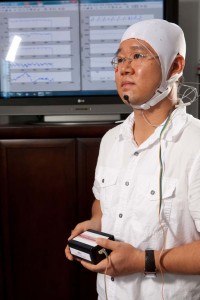In order to diagnose and monitor conditions such as heart disease, epilepsy and sleep apnea, doctors rely on electrodes to capture signals from the body. These electrodes must be taped or glued to the skin, augmented with a special conductive gel and connected by wires to the equipment that interprets and records the signals.
Anyone who has spent time in the hospital knows how inconvenient this can be: electrodes can fall off, causing false alarms, and the wires prevent patients from moving around freely. While it would be ideal to monitor patients for heart conditions and epilepsy as they go about their daily lives, the need for wires and equipment makes this impossible.
VSSB hopes to change that. This Genesis company has developed a sensor that uses gold nanowires to pick up signals from the body. These sensors don’t rely on conductive gel, and they can be woven into fabric, making them more comfortable and easier to wear for long time periods. In addition, VSSB is working on wireless connections between the sensors and a receiver, in order to eliminate the wires that restrict patients’ movements.
With this technology, a patient could continuously send brain or heart signals to her doctor simply by wearing clothing embedded with these sensors. Patients at sleep clinics could rest under a special sheet that monitors their breathing and movements, while a cap wirelessly transmits the brain signals that indicate sleep or wakefulness.
VSSB, which was founded in 2009, is named for its four original members. Vijay Varadan is a Distinguished Professor of electrical engineering at the U of A, and the inventor of the technology. Ashok Saxena, dean of the U of A College of Engineering, is currently the acting CEO. Sudir Shah is director of the division of nephorology at the University of Arkansas for Medical Sciences. Bami Bastani, a College of Engineering alumnus and former CEO, has left the company to accept a position with another organization, but remains on excellent terms with his former colleagues.
Saxena explained that the resources of the U of A and UAMS are vital for the development of the company. Varadan and his research team have spent many hours in the lab in order to develop and test the concepts behind the technology, and the researchers at UAMS will be vital for the company’s next steps toward commercialization.
Medical equipment must pass rigorous tests of safety and effectiveness, so VSSB’s next goal is to produce a prototype of its monitoring system and begin clinical trials. In Little Rock, Shah is coordinating with other UAMS doctors to set up these trials. VSSB has just begun its journey to commercialization, but at the end of this journey, the company’s technology could bring significant improvements to the healthcare industry.



